Increased Research Funding
Increased funding for research into Valley Fever Market is another significant driver for the Valley Fever Market. Government and private organizations are recognizing the need for better understanding and treatment of this disease, leading to enhanced research initiatives. For instance, funding from the National Institutes of Health has been directed towards studying the epidemiology and pathogenesis of Coccidioides. This influx of financial resources is likely to accelerate the development of new diagnostic tools and therapies, thereby expanding the market. As researchers uncover more about the disease, the Valley Fever Market may see a surge in innovative products aimed at prevention and treatment.
Rising Incidence of Valley Fever
The increasing incidence of Valley Fever Market, primarily caused by the fungus Coccidioides, is a critical driver for the Valley Fever Market. Recent data indicates that the number of reported cases has surged, particularly in endemic regions such as the southwestern United States. This rise in cases is likely attributed to environmental factors, including climate change, which may expand the geographical range of the fungus. As awareness of the disease grows, healthcare providers are more vigilant in diagnosing and reporting cases, further contributing to the market's expansion. The Valley Fever Market is thus positioned to experience growth as healthcare systems adapt to the rising demand for effective diagnostic and therapeutic solutions.
Advancements in Treatment Options
The Valley Fever Market is witnessing advancements in treatment options, which serve as a crucial driver for market growth. Recent developments in antifungal medications and therapies are providing healthcare professionals with more effective tools to combat Valley Fever Market. For example, the introduction of new azole antifungals has shown promise in treating severe cases of the disease. As treatment options expand, healthcare providers are better equipped to manage the disease, potentially leading to improved patient outcomes. This evolution in treatment modalities is likely to attract investment and interest in the Valley Fever Market, as pharmaceutical companies seek to develop and market innovative solutions.
Growing Public Health Initiatives
Public health initiatives aimed at raising awareness about Valley Fever Market are becoming increasingly prevalent, serving as a vital driver for the Valley Fever Market. Health departments and organizations are launching campaigns to educate the public about the risks associated with Valley Fever Market, particularly in high-risk areas. These initiatives often include information on prevention strategies and early symptoms, which can lead to earlier diagnosis and treatment. As more individuals become informed about the disease, the demand for diagnostic services and treatment options is likely to increase, thereby propelling the Valley Fever Market forward. The emphasis on public health education may also foster collaboration between various stakeholders, enhancing market growth.
Increased Collaboration Among Stakeholders
Increased collaboration among various stakeholders, including healthcare providers, researchers, and pharmaceutical companies, is emerging as a significant driver for the Valley Fever Market. Such partnerships are essential for sharing knowledge, resources, and expertise, which can lead to more effective strategies for managing Valley Fever Market. Collaborative efforts may include joint research projects, clinical trials, and educational programs aimed at improving awareness and treatment of the disease. As stakeholders work together, the Valley Fever Market is likely to benefit from a more coordinated approach to addressing the challenges posed by Valley Fever Market, ultimately enhancing market growth and innovation.
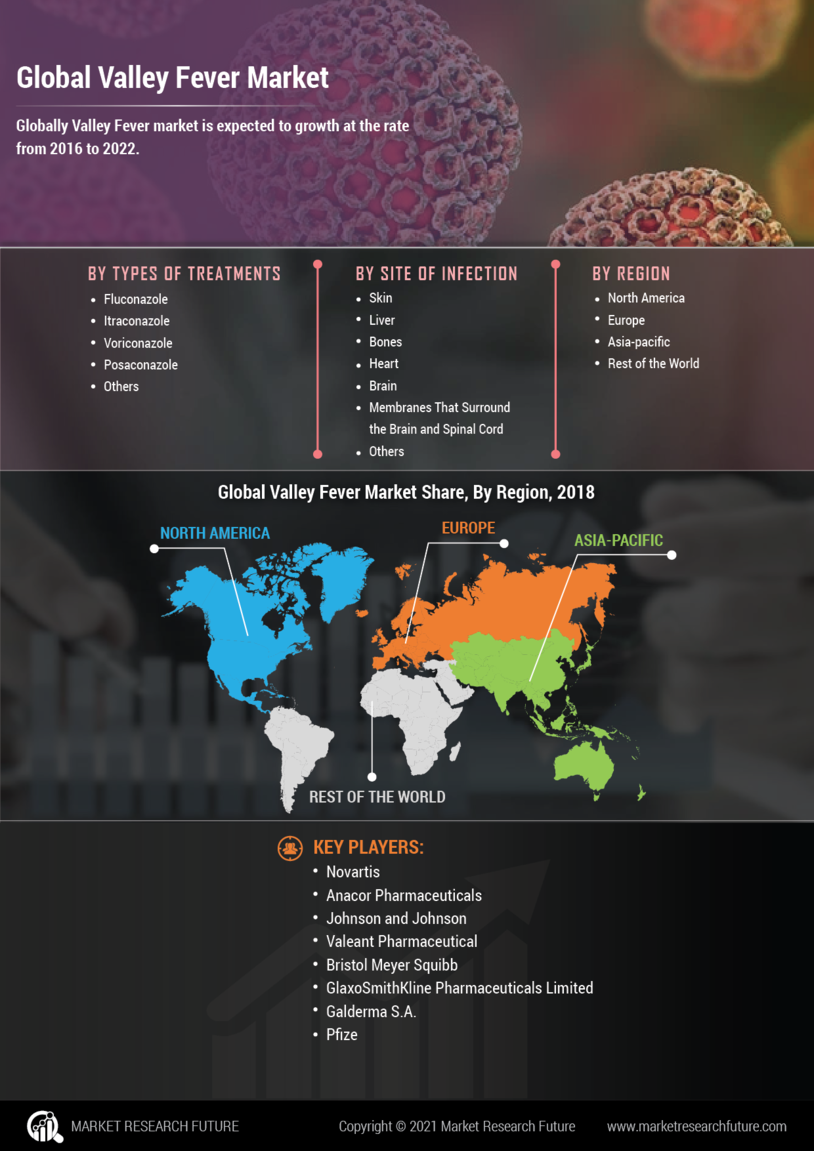

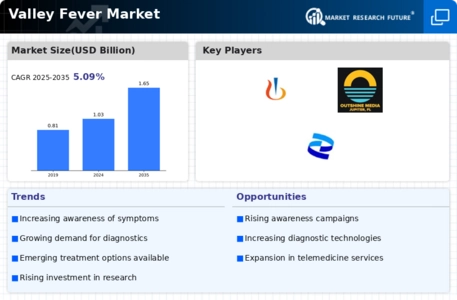
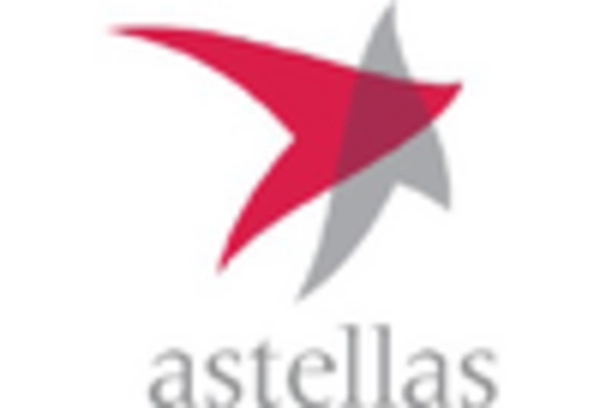

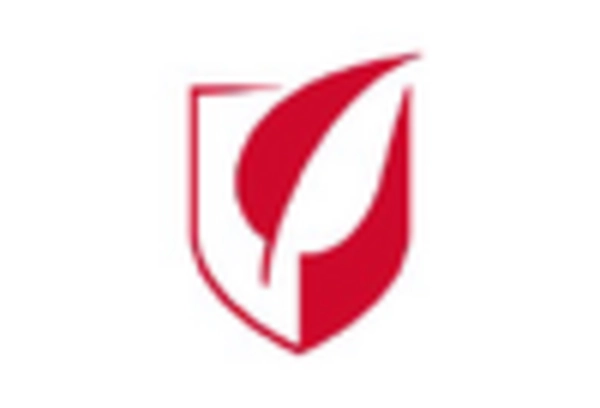
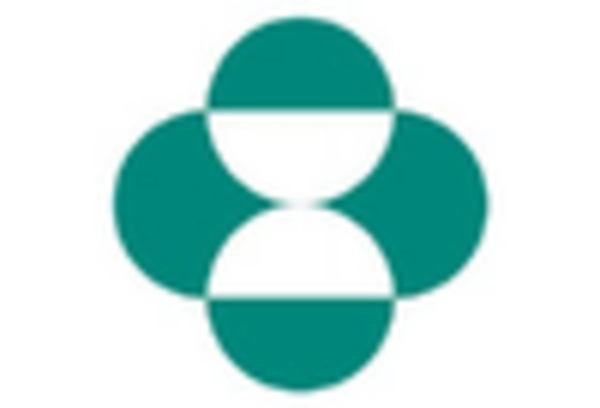

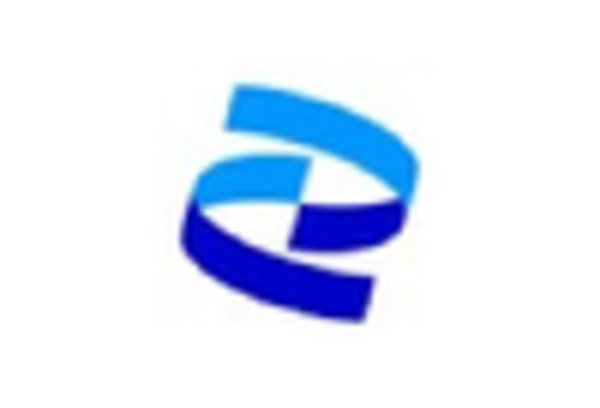








Leave a Comment